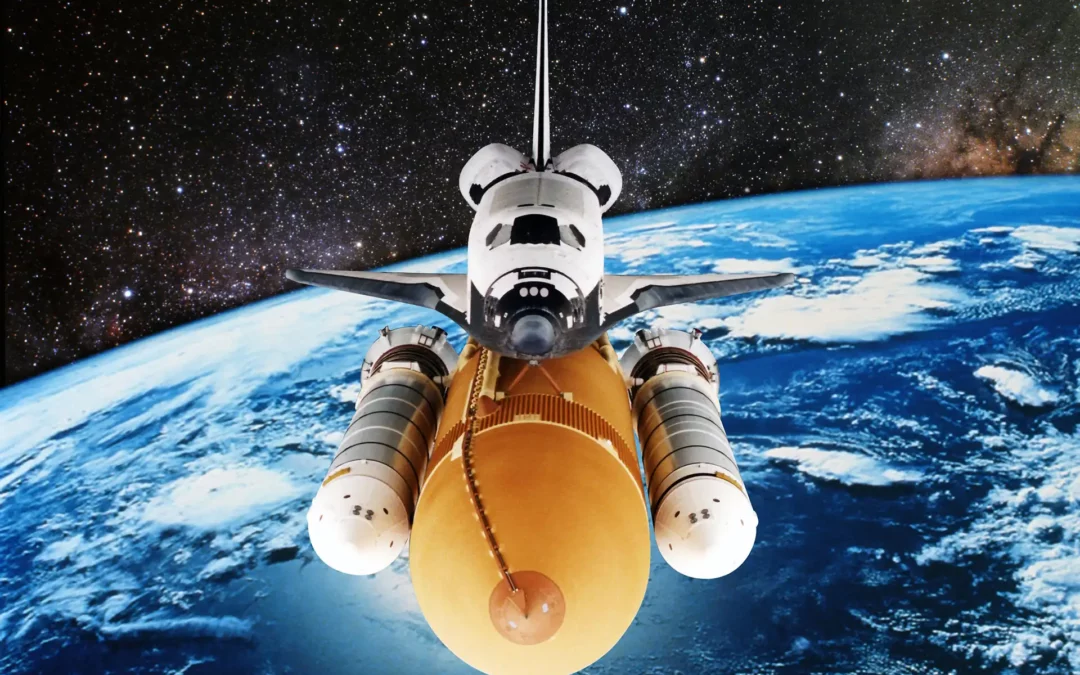Aerospace Engineering Begins with Math
Aircraft and spacecraft have come a long way since the initial flights of the Wright brothers and the Soviet Union’s launch of Sputnik 1. Humans can now travel across the globe in less than 24 hours, and many have had a bird’s eye view of our planet from inside a spaceship. The science of aerospace engineering has made these incredible feats possible, and many of the scientists behind the technology began their journeys with a solid understanding of math.
A math education can open up numerous doors for students who want to pursue a career in aerospace engineering. These engineers are the professionals who design, build, test, and launch different types of aircraft and spacecraft. Some engineers might be involved in researching new technology, while others design improvements to navigation systems. These types of careers require a wide range of skills and typically begin with a background in advanced math.
How Math Makes Air and Space Travel Possible
Any type of aircraft or spacecraft contains thousands of components, not to mention a complex operating system that needs to be designed and implemented. Advanced math such as calculus, analysis, and trigonometry are helpful in giving students the skills they need to think critically and solve problems. Understanding patterns of numbers and how to develop formulas are incredibly beneficial for aerospace engineers who are designing new systems, or who are making improvements to an existing one.
An aerospace engineer who’s employed by the military might be responsible for designing a drone that performs certain functions only under specific circumstances. Mathematical concepts like statistics and probability would probably be used in this type of work.
STEM Students Have Endless Opportunities
Students that study STEM (science, technology, engineering, and math) have many exciting career possibilities in nearly every industry. The VeraRosa Higher Learning Scholarship consistently works toward our mission of bringing STEM education to students of diverse backgrounds. If you’re interested in learning more about ways you can support students in STEM, please contact us to get started.

